Computer-Vision
EE 5885 Geometry and Deep Computer Vision Projects (Fall 2019)
Project 1: Camera Calibration Using Pure Rotation
Description
This project is to calibrate a camera by using a sequence of images that are taken as the camera rotates without translating. A number of files to help with this task are provided in WyoCourses under the directory project1. First, it contains seven photos taken in Prexy’s pasture as I rotated the camera. Second, it contains correspondence points for each adjoining set of images that are contained MATLAB using load pureRotPrexyCorrespondencePoints. It contains two data structures, x1pMat and x2pMat. These $3 \times 100 \times 6$ data structures contain the correspondence points between images $I$ and $I + 1$. For instance, x1pMat(:,:,1) contains image $1$ pixel correspondence points between images $1$ and images $2$, x2pMat(:,:,1) contains image 2 pixel correspondence points between photos 1 and 2, x2pMat(:,:,6) contains image 2 pixel correspondence points between image 6 and image 7, etc. Note: These correspondence points were automatically generated using the SIFT operator, which we will soon cover. MATLAB code for SIFT is available through VLFEAT. VLFEAT is not needed for this project, but is very useful. Your task is to implement and test the calibration algorithm that uses images obtained under pure rotation. The program Proj1PureRotCalib5DsearchTemplate.m is provided to help you load and plot the images, etc., so be sure to first load all the project1 files into a single directory for you to work on., run this template, and look at its comments. It has several hints. A similar Python file, proj1template.py is also provided if you prefer to use Python. To do the optimization, you may find fminsearch.m useful in MATLAB, or scipy.optimize.minimize useful in Python.
- Using the data provided, calibrate the camera. Make sure you use all six pairs of images to find a single calibration matrix that is common to all of them.
- Estimate the rotation matrix between camera positions 2 and 3.
- Evaluate how well your algorithm performs by plotting the reprojections of the data for images 2 and 3 along with the actual data. Comment on and try to explain any good or bad performance.
- Extensively test your algorithm. You may want to produce simulated points with varying noise levels, use other correspondence points in the images, calibrate your own camera, etc.
- Throughly document your algorithm, its performance, and the results of your tests.
Grading Scheme
High grades are given for keen observations, creative algorithm improvements, clear documentation, etc. Show me that you understand how to implement the algorithm, what its strengths and weaknesses are, ways to mitigate any problems, etc. A formal written report documenting the above is expected and will be graded for grammar and clearness of exposition.
Images
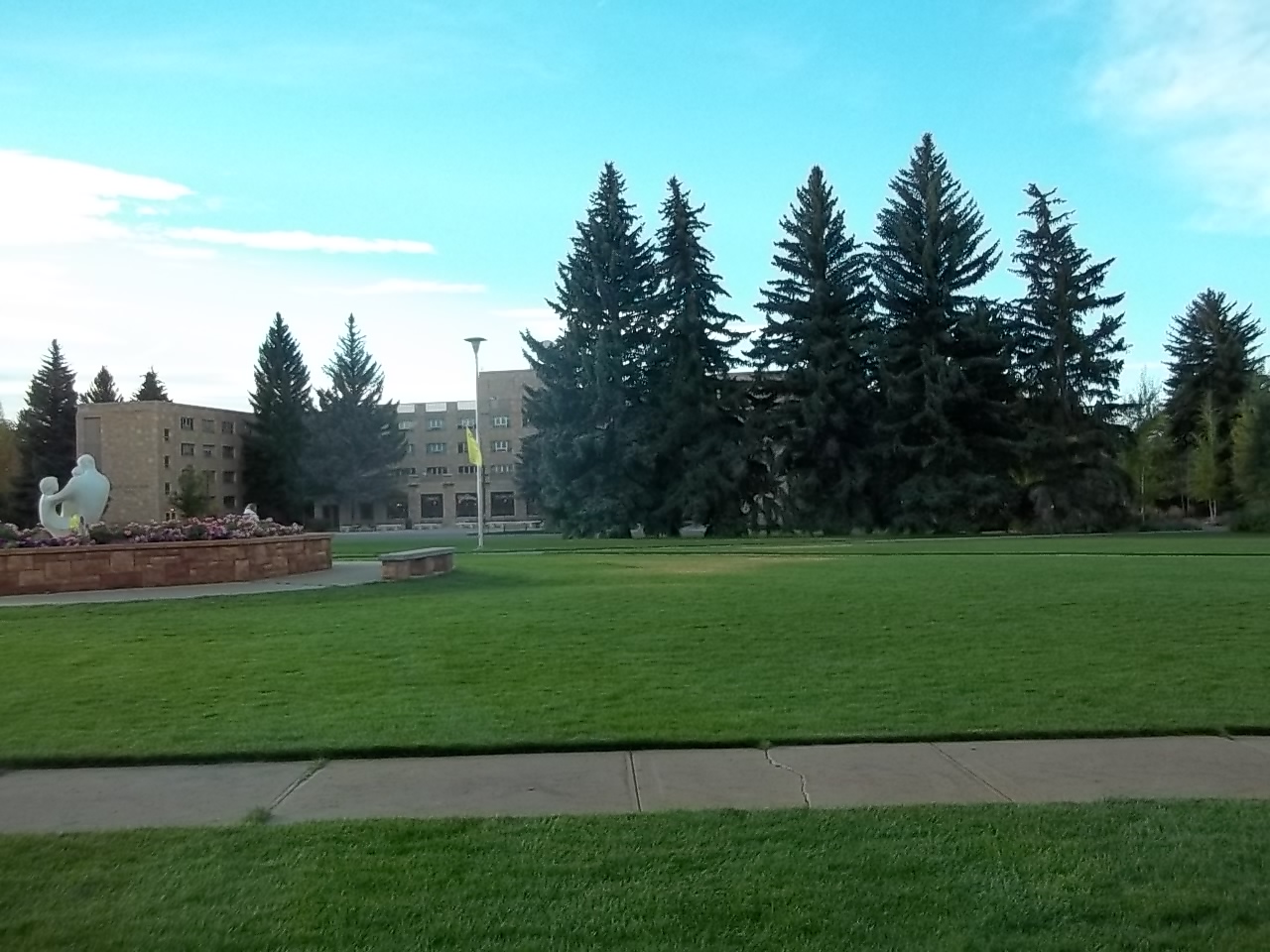
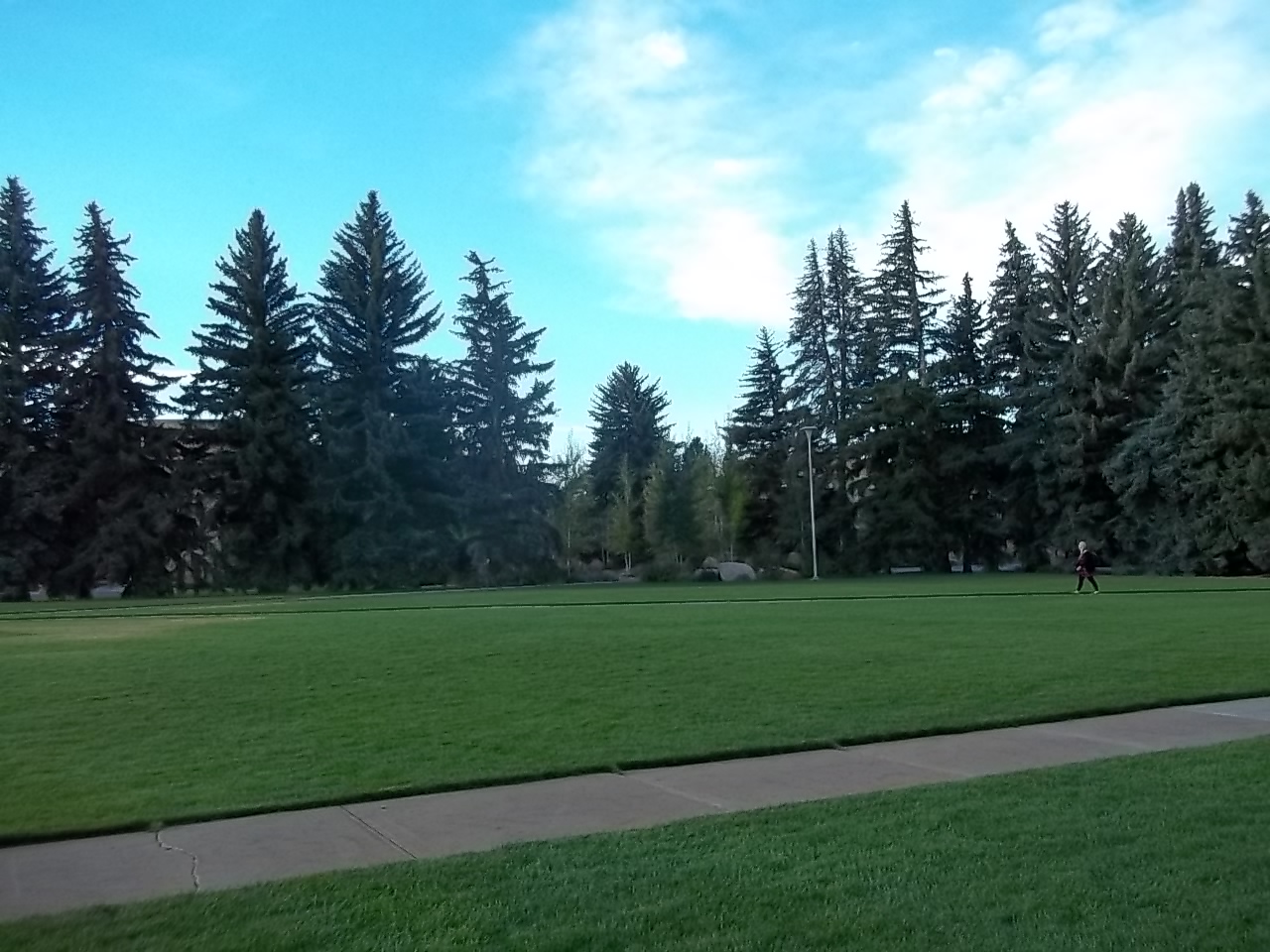
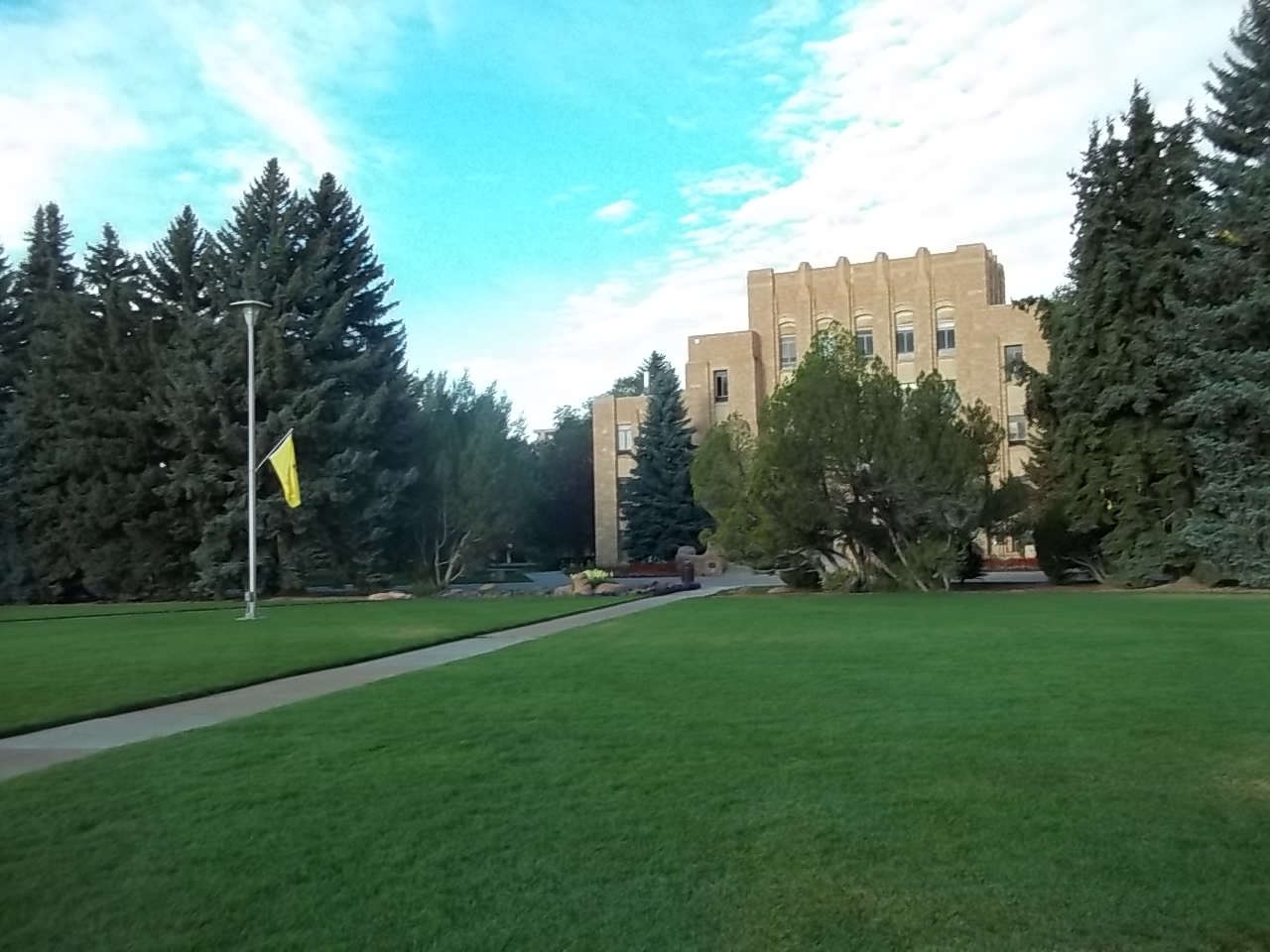
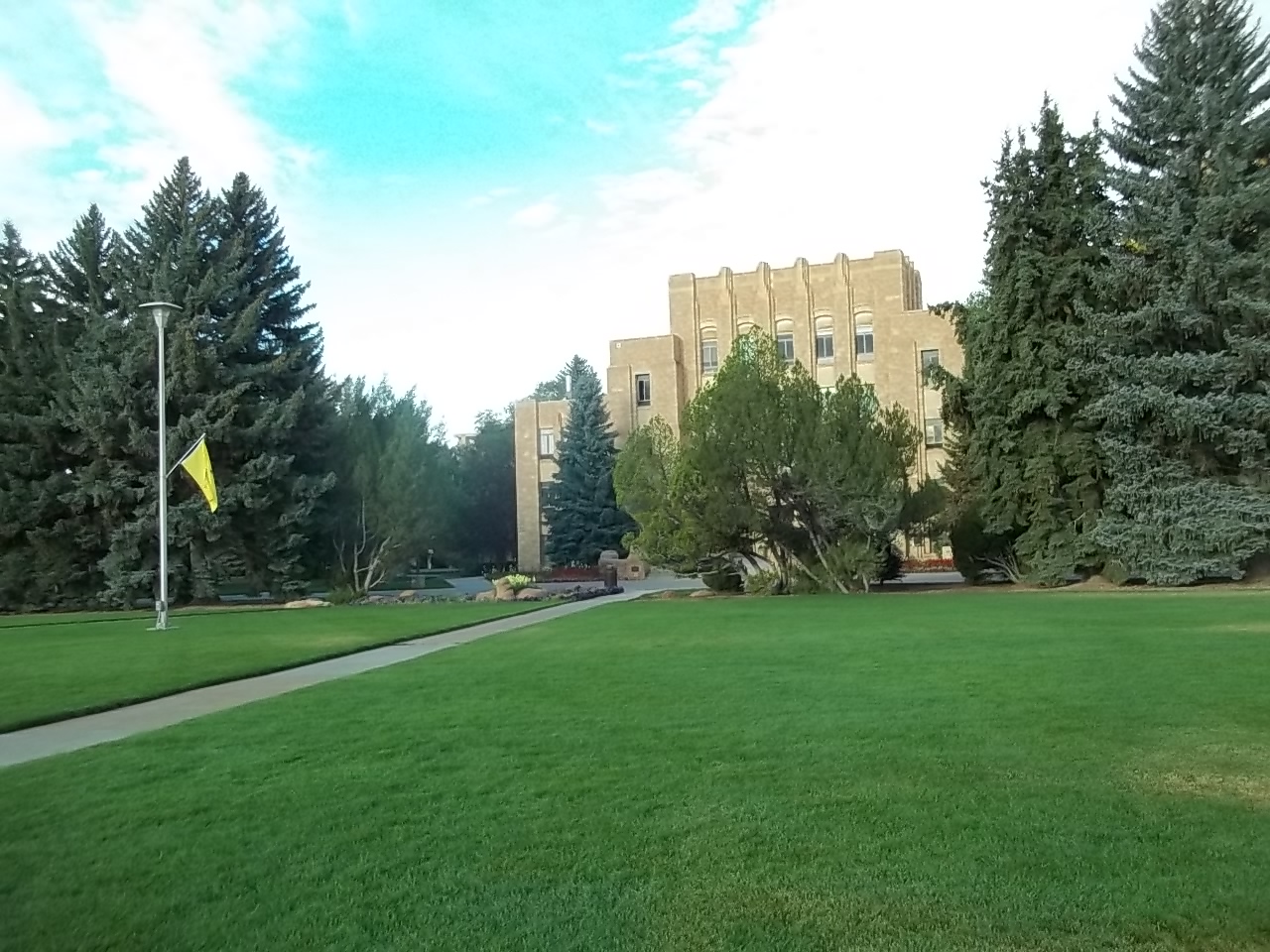
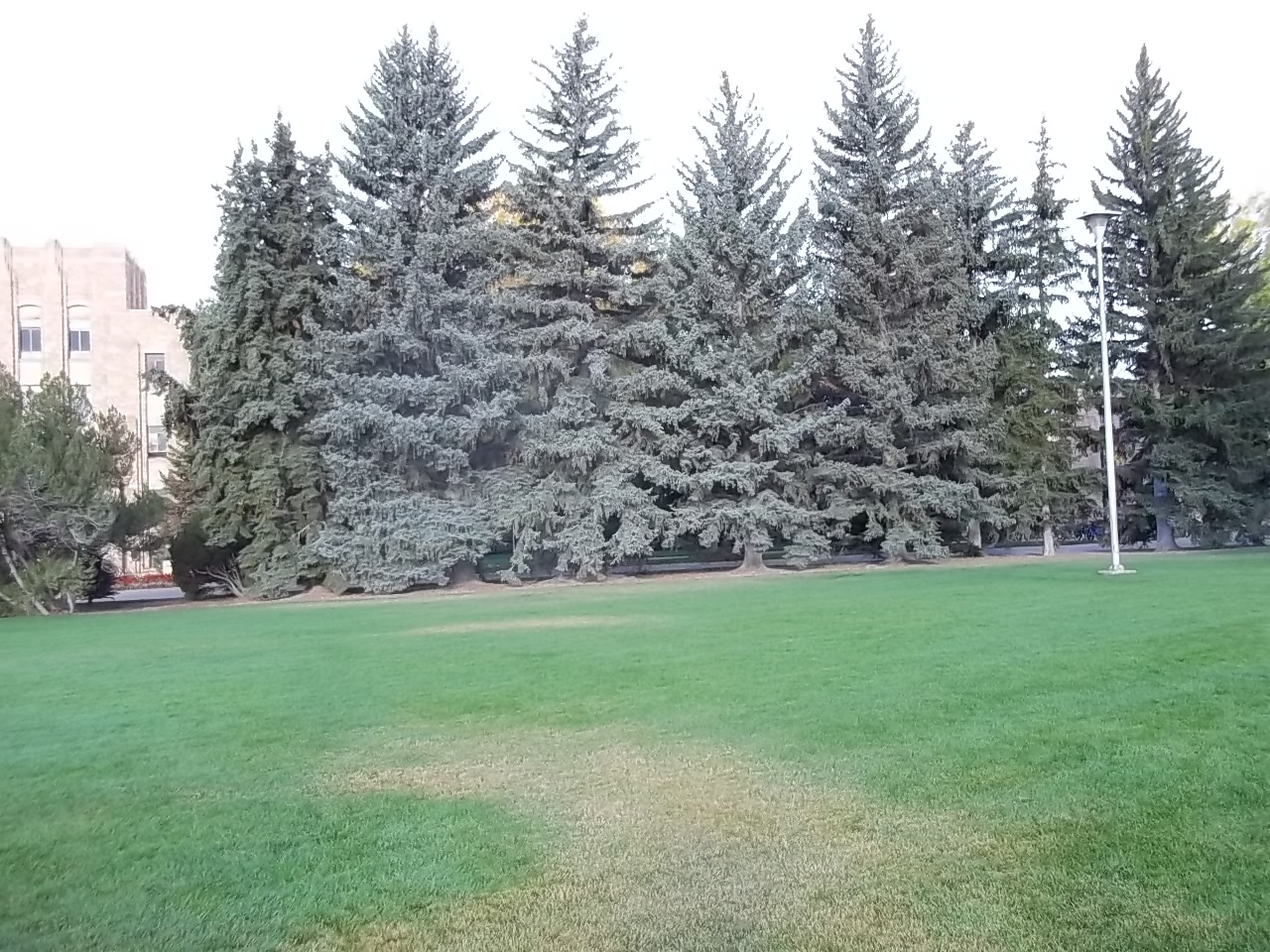
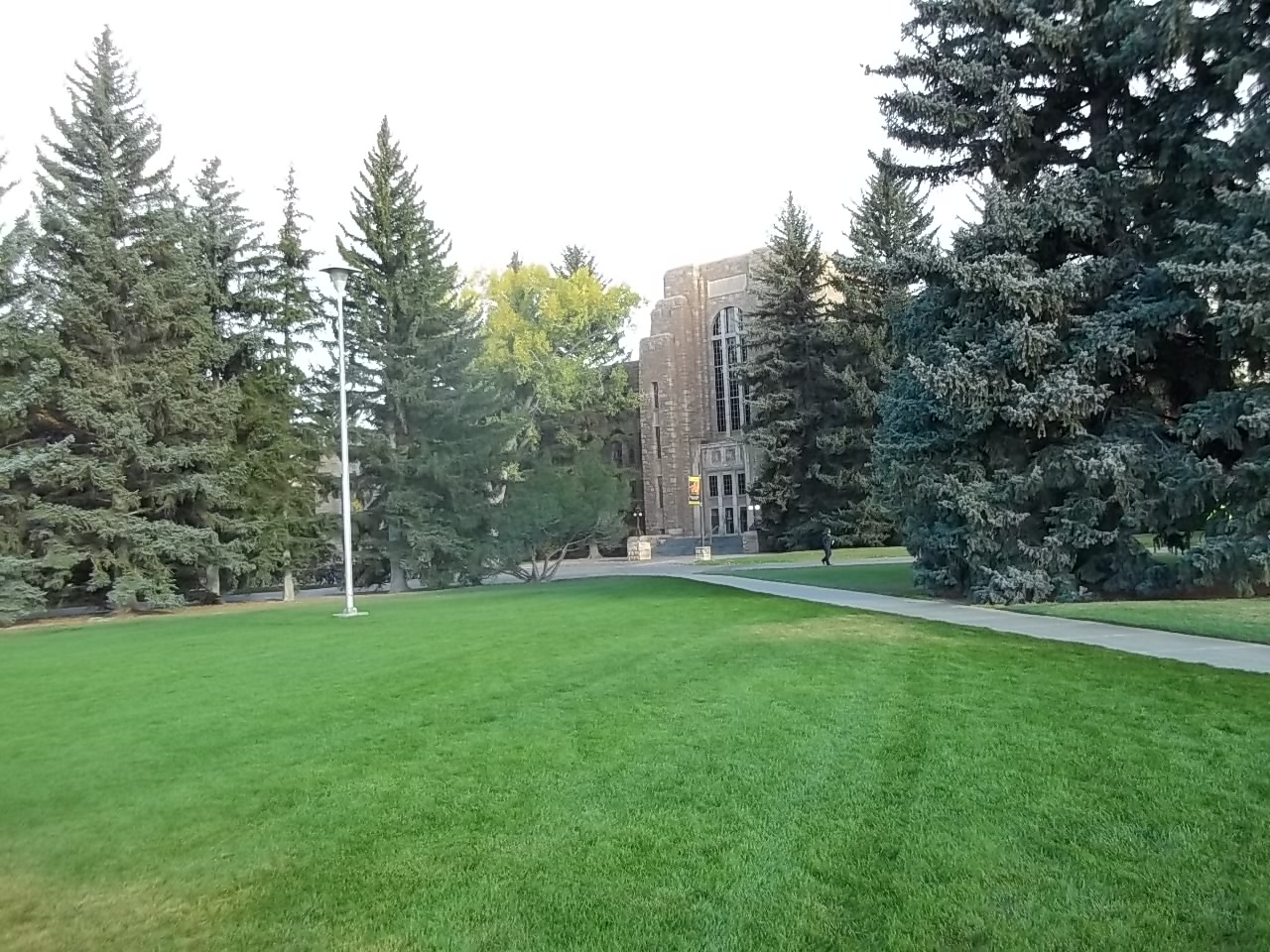
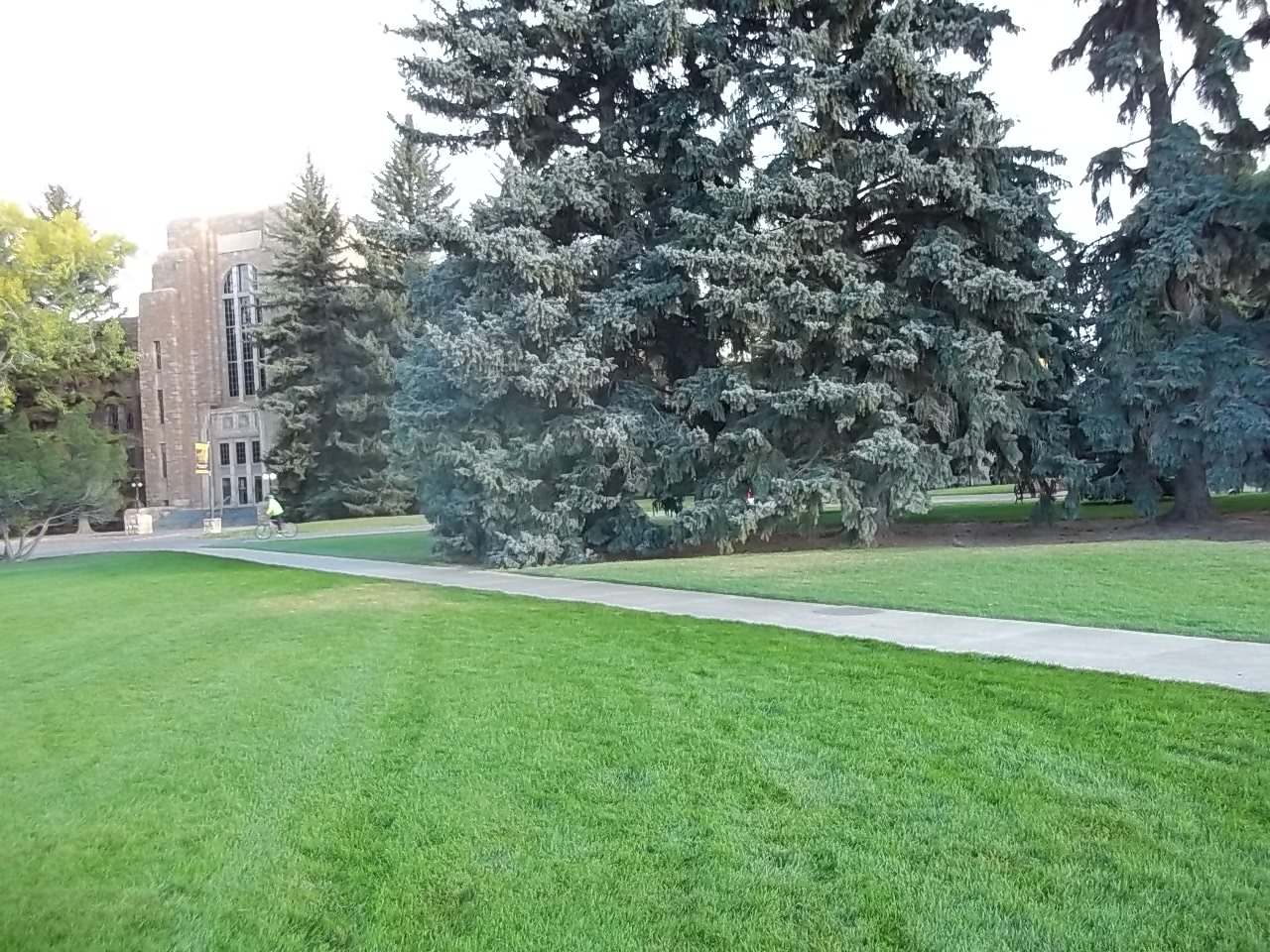
Project 2: Classifier for Animals Image Dataset
Description
This project is to build upon the code given in Chapter 12 to develop a good CNN classifier for the Animals dataset. The Animals dataset is a easier toy problem by today’s standards, as it is smaller (only 3000 images) and has only three cases. It is thus a nice dataset to play with and learn the various techniques for designing CNNs without each design iteration taking too much time.
First, design a CNN which does the best job overall of classifying the validation set. So that all results can be easily compared, use the same validation set that Chapter 12 uses for its result (i.e., set the random state to 42). Along the way, you should try all of the methods we have discussed (changing the number of layers, type of layers, neurons per layer, activation function, learning rate, momentum, batch normalization, data augmentation and regularization). Document how you tried changing all these items - it should be a systematic, well thought-out study, not just randomly trying different values. What factors seemed to most influence the overall performance? Did you observe overfitting or underfitting? Show those results. Remember to measure performance using accuracy, precision, recall, and F1 score.
Once you’ve found your best CNN, try find a reduced version of it that requires less computations and/or memory to implementations, clear documentation, etc. Show me that you understand how to design a CNN. A formal written report documenting the above is expected and will be graded for grammar and clearness of exposition.